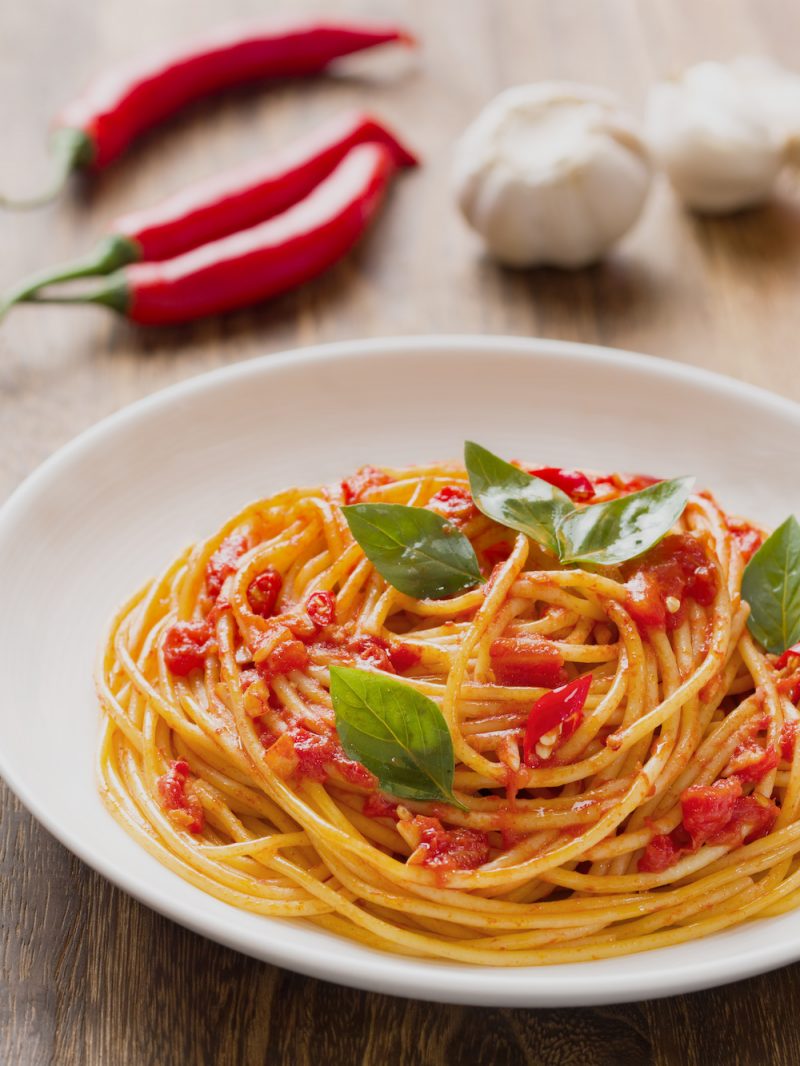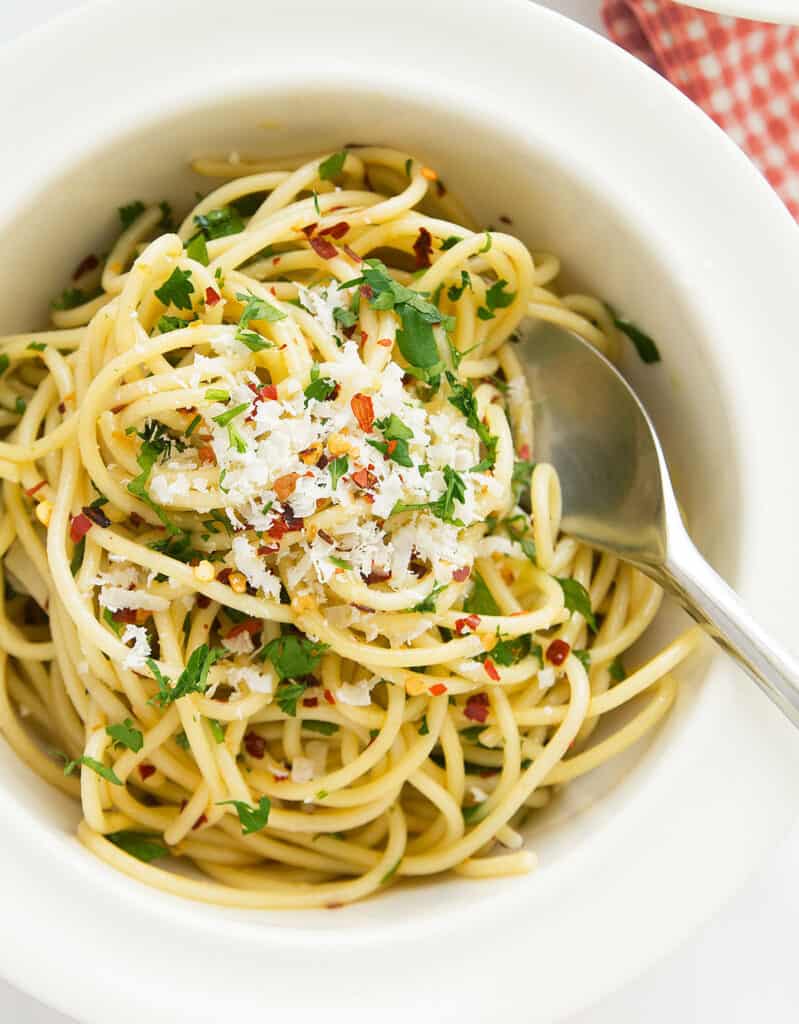How to Make Classic Italian Pasta | Simple Ingredients

Imagine walking through the cobblestone streets of Rome, the aroma of garlic and tomatoes wafting from open windows. You can almost taste the al dente pasta, can't you? Well, you don't need a plane ticket to enjoy authentic Italian pasta. With a few simple ingredients and a bit of know-how, you can bring the flavors of Italy right into your kitchen. So, let's roll up our sleeves and dive into the world of classic Italian pasta dishes.
The Magic of Simple Ingredients
At the heart of Italian cuisine lies a principle: simple, fresh ingredients can create extraordinary dishes. This is especially true for traditional pasta recipes. With just a few staples like flour, eggs, tomatoes, garlic, and olive oil, you can create a symphony of flavors that will transport you to the Italian countryside.
The Foundation: Fresh Pasta
Making fresh pasta might seem daunting, but it's surprisingly simple. All you need is flour and eggs. The classic recipe calls for 100 grams of flour per egg. Knead these together, let the dough rest, then roll it out and cut it into your desired shape.

Tools of the Trade
While you can make pasta with just a rolling pin and a knife, a pasta machine can make the process easier and more enjoyable. It's an investment that will pay off in perfectly cut spaghetti and fettuccine.
Classic Italian Pasta Dishes: Simple yet Delicious
Now that you have your fresh pasta, let's explore some simple pasta dishes that showcase the essence of Italian cuisine.
Spaghetti Aglio e Olio
This is as simple as it gets, but don't underestimate the power of garlic and olive oil. Cook minced garlic in extra virgin olive oil until fragrant, toss in cooked spaghetti, add a sprinkle of red pepper flakes and chopped parsley, and you're done. It's like a warm embrace from nonna herself.
Cacio e Pepe
This Roman classic translates to "cheese and pepper." Cook spaghetti in boiling water, drain (reserving some pasta water), then toss the pasta in a pan with grated Pecorino Romano cheese, black pepper, and a bit of pasta water. The heat melts the cheese, creating a creamy sauce that's utterly divine.
Pasta al Pomodoro
This is the epitome of simple pasta dishes. Sauté garlic in olive oil, add canned San Marzano tomatoes, simmer, then toss with cooked pasta. Fresh basil and grated Parmesan cheese elevate this dish to new heights. It's like a summer day in Capri, in a bowl.
The Art of Cooking Pasta
Cooking pasta seems straightforward, but there are a few tricks to achieving that perfect al dente texture.
Salt Your Water
Adding salt to your pasta water is crucial. It should taste like the sea. This is your only chance to season the pasta itself, so don't skimp.
Save Some Pasta Water
Before draining your pasta, reserve some of the starchy water. It's a magical ingredient that can help adjust the consistency of your sauce and make it cling to the pasta.
Timing is Everything
Different pasta shapes require different cooking times. Refer to the package instructions, but start testing a few minutes before the indicated time. Remember, you can always cook it more, but you can't uncook it.
Embracing the Italian Spirit
Cooking Italian food is about more than just following a recipe. It's about embracing the spirit of Italian culture—the passion, the love, the joy of sharing a meal with loved ones. So, pour yourself a glass of Chianti, put on some Andrea Bocelli, and let the cooking commence.

Conclusion: Buon Appetito!
And there you have it—a journey through classic Italian pasta dishes made with simple ingredients. Whether you're craving the comfort of Spaghetti Aglio e Olio or the creamy indulgence of Cacio e Pepe, these dishes are sure to satisfy. Remember, the key to authentic Italian pasta lies in the quality of your ingredients and the love you put into your cooking.
So, what are you waiting for? Grab your apron, get in the kitchen, and let the flavors of Italy inspire you. And don't forget to share your creations with friends and family, because in Italy, food is always better when shared. Buon appetito!
FAQs
What's the best flour for making fresh pasta?
- Italian 00 flour is ideal for pasta making due to its fine texture and high protein content. However, all-purpose flour can also work well.
How can I tell when my pasta is al dente?
- Al dente pasta should have a slight bite to it. The best way to tell is to taste it. The pasta should be cooked but still firm, not soft or mushy.
Can I use a different cheese in Cacio e Pepe?
- While Pecorino Romano is traditional, you can substitute Parmesan cheese if needed. The flavor will be slightly different but still delicious.
How can I make my pasta dishes more flavorful?
- Using fresh, high-quality ingredients is key. Also, don't be afraid to season your dishes well. Taste as you go and adjust the seasoning as needed.
What's the best way to store fresh pasta?
- Fresh pasta can be stored in the refrigerator for up to 2 days. To freeze, dust the pasta with flour, portion it out, and freeze in an airtight container for up to 1 month.
0 Response to "How to Make Classic Italian Pasta | Simple Ingredients"
Post a Comment